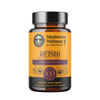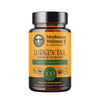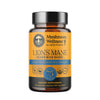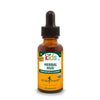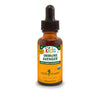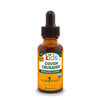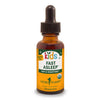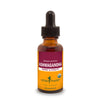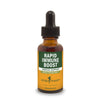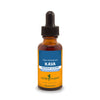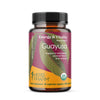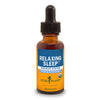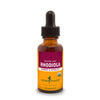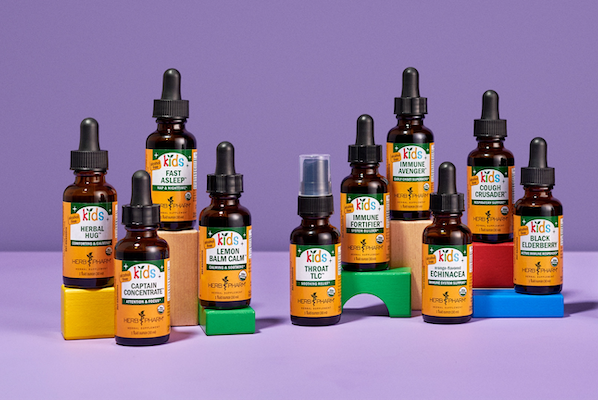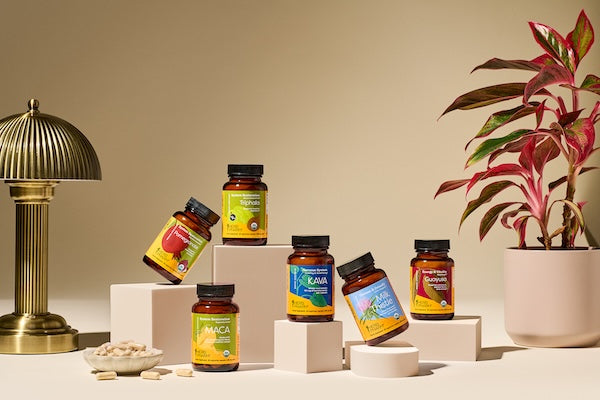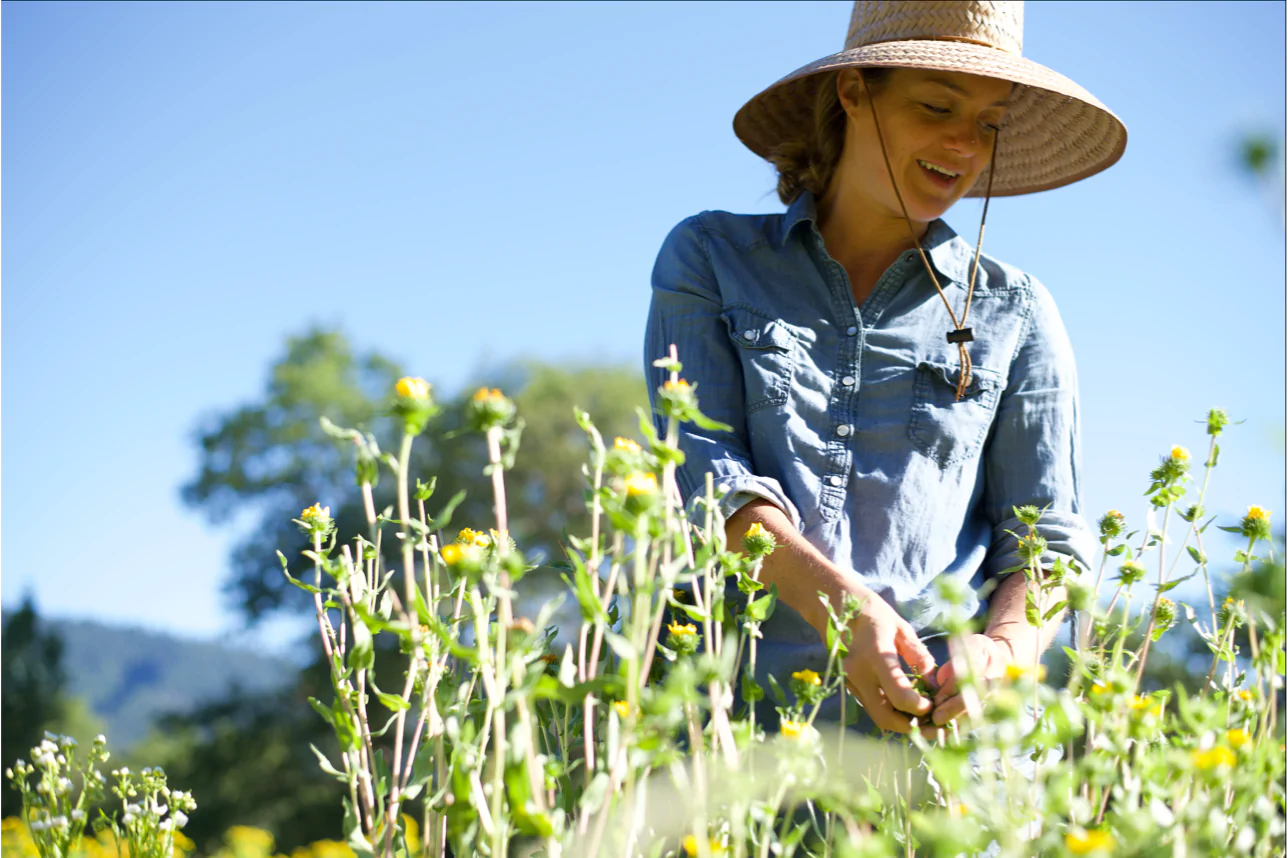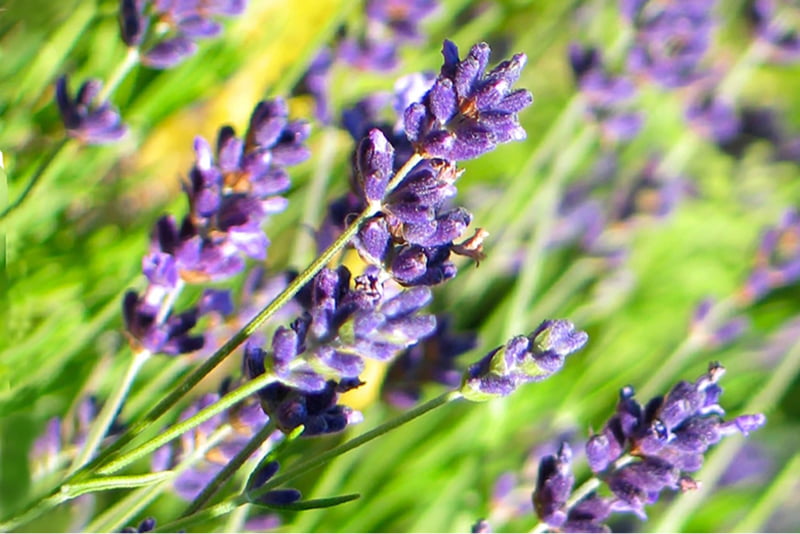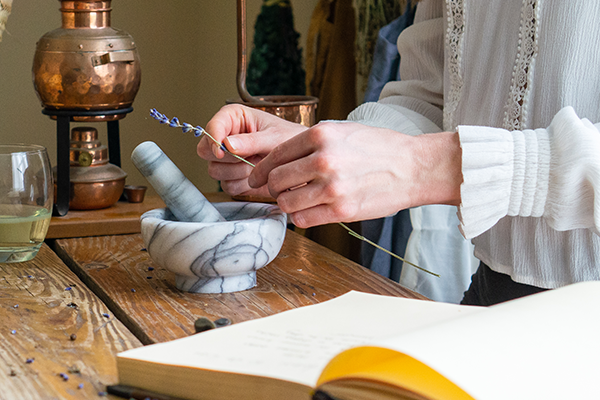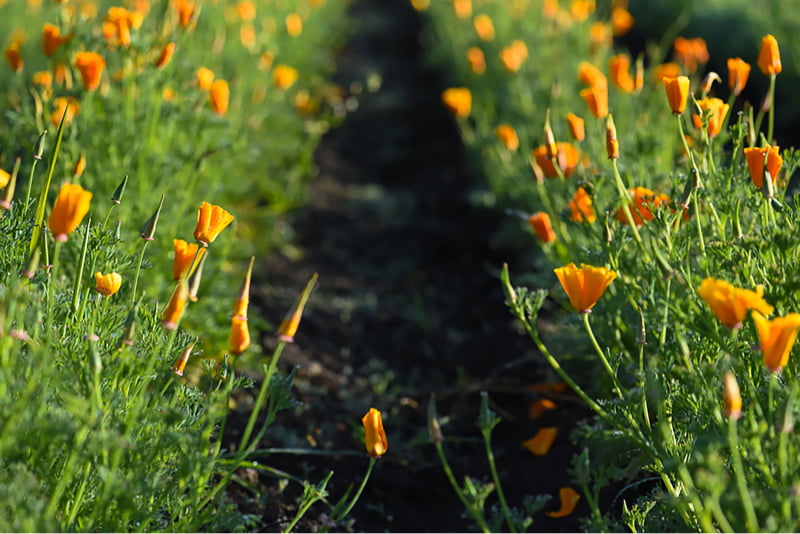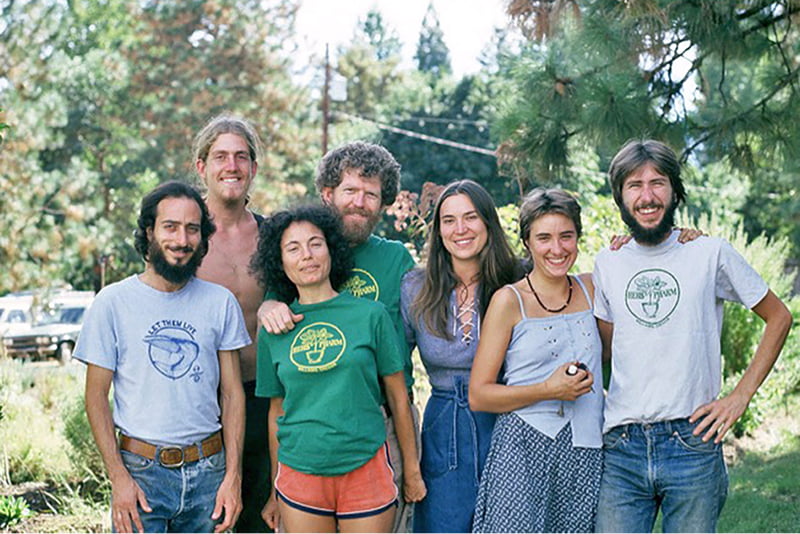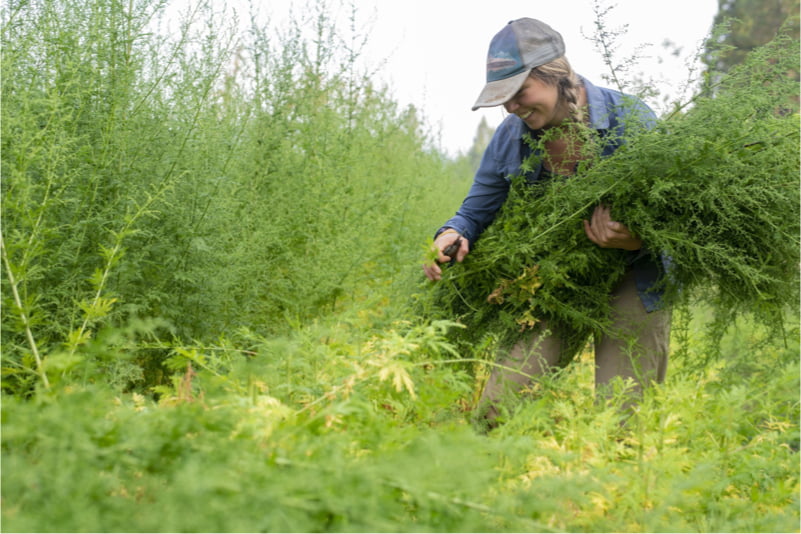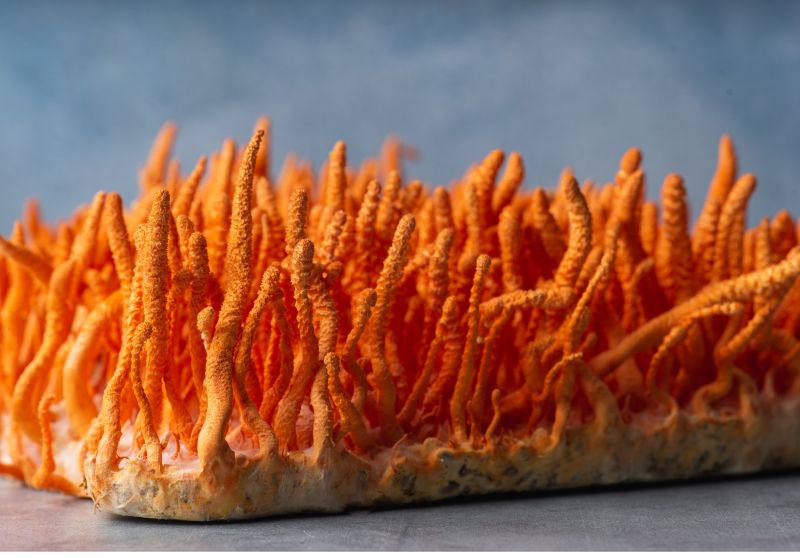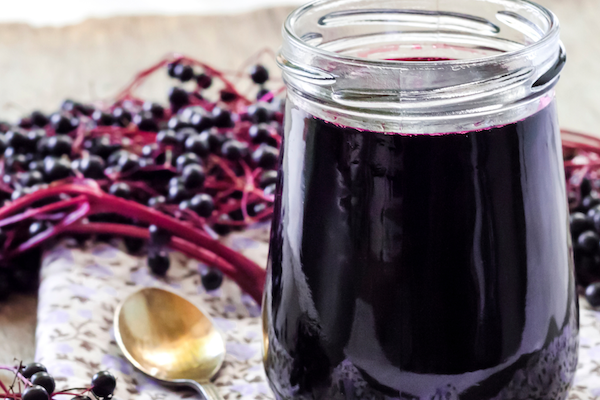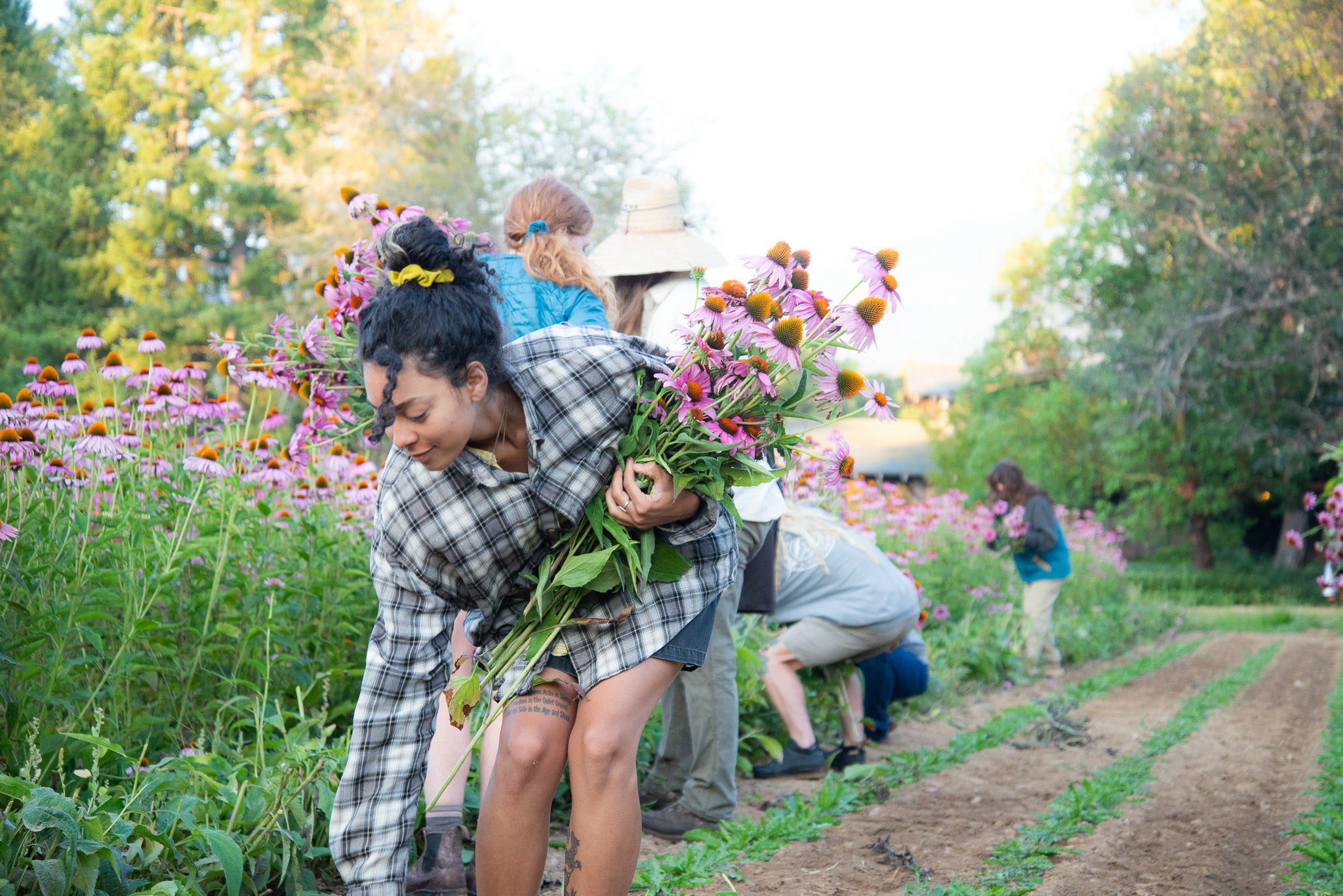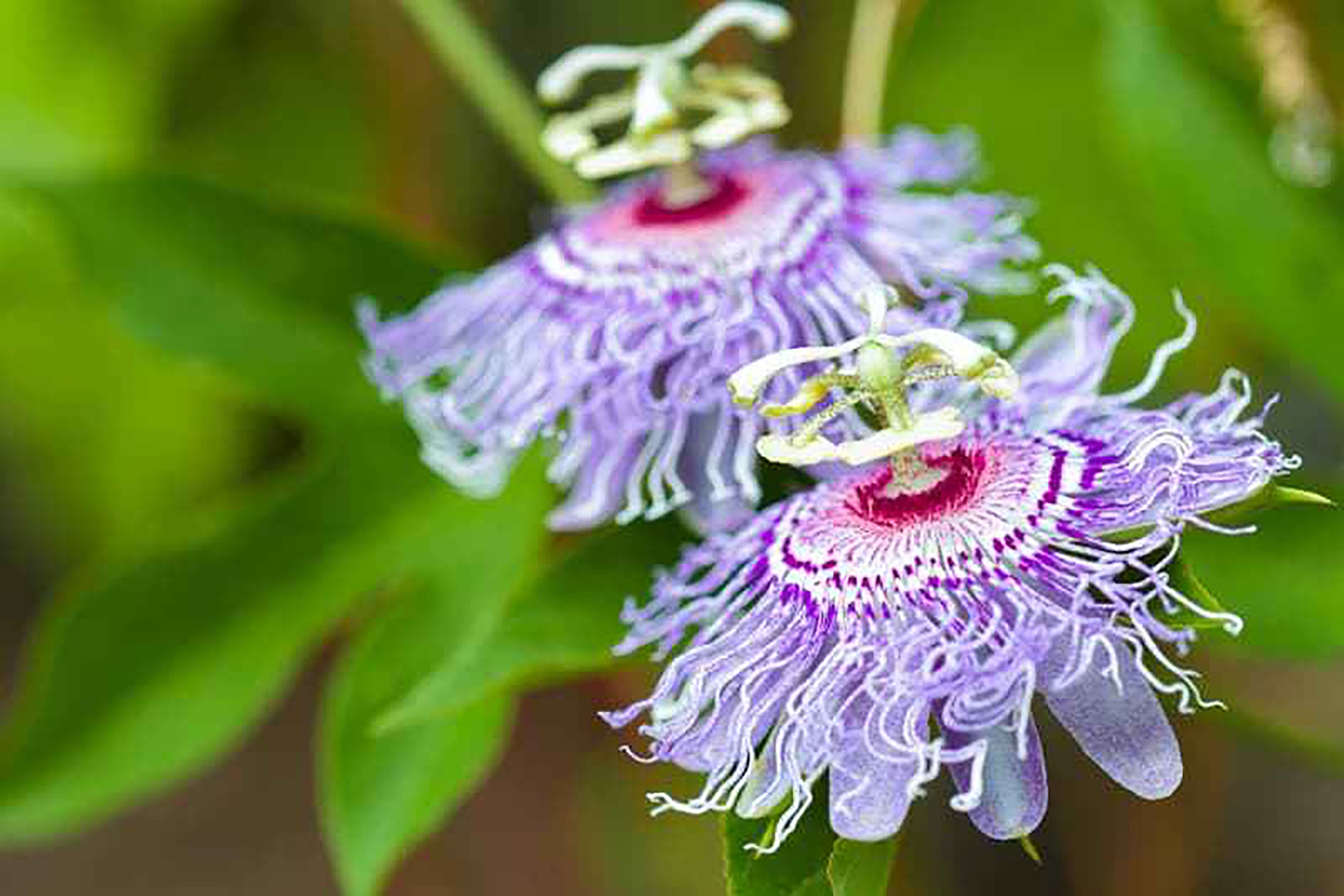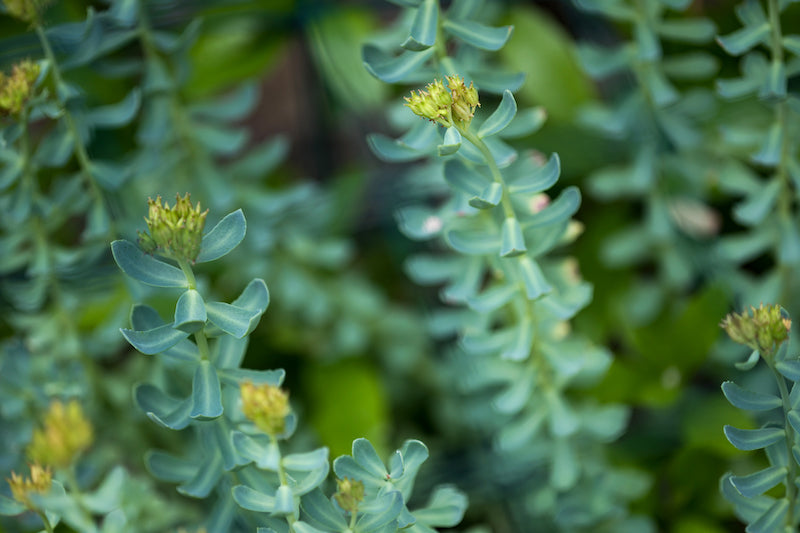Description
Rhodiola is a perennial succulent that can grow approximately 1 ft to 3 ft (0.3m-0.9m) by 1 ft (0.3m).3,4 The stems and leaves of the plant are fleshy. The whorled toothed leaves are oblong shaped and some have a reddish tip.3 The terminal flowers are multiple, small and greenish-yellow.3,7 The slow-growing root and thick rhizomes are also fleshy and smell of roses when cut.3,7,8
Origins & History
Rhodiola grows in colder habitats and higher elevations of mountain rock and sea cliff cracks.4,6 The ground cover is fully hardy and not frost tender in zone 1. It prefers moist and well-drained sandy soil in full sun.4,8 The plant’s growth range is within circumpolar and arctic regions in Europe, specifically Scandinavia, Asia including Tibet and Siberia, Britain and North America,4,6 although it is believed to have originated in southwest China and the Himalayas.8
Bees and flies pollinate Rhodiola to create seed, but since it is a dioecious plant, it requires both male and female plants to be grown in the same space. It flowers in May to August and seeds in July to August.4
This herb has a long history of use; it was mentioned by Greek physician Dioscorides in the classical text De Materia Medica (77 CE), used in Tibetan and Nepalese herbalism, as well as by Siberians and Vikings (first recorded in 1755 A. D.) in folk herbalism.3,6 Rhodiola also became favored in Mongolia and China by emperors, who commissioned voyages into Siberia to harvest the herb and return it to Asia.6 The herb traversed ancient trails to the Caucasus Mountains, being secretly transported by Siberians to trade for Georgian wines, fruits, garlic, and honey.3,6
The young leaves and shoots have been eaten raw or cooked like spinach and mixed in with other greens while the stems have been cooked like asparagus.4 Indigenous people used the plant for food after fermentation, beverages, and in Native Herbalism.4,5 The R. rosea and R. integrifolia species specifically were used by Eskimo and Alaskan natives.5
Although Rhodiola has a long history of traditional use, documentation and studies are just now available as the knowledge was not translated to English from the original languages until recently.6
